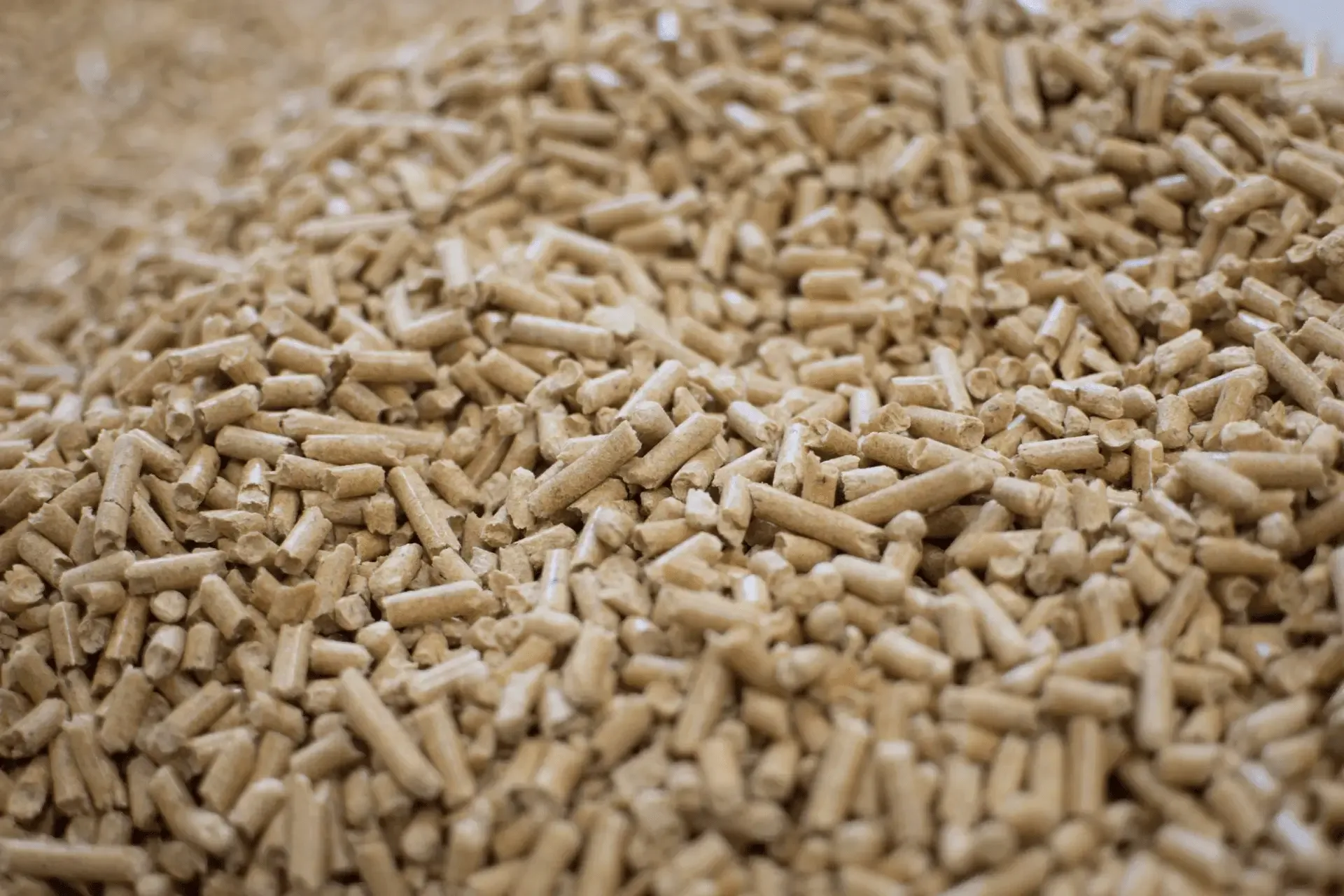Glued wood is a material with unique properties that make it not only durable but also aesthetically pleasing in various woodworking applications. The use of gluing technology allows the creation of a material with uniform parameters and high stability, distinguishing it from traditional solid wood.
Strength of glued wood – what you should know
One of the most important features of glued wood is its mechanical strength. Natural defects, such as knots or cracks, are eliminated during the preparation of the raw material by cutting them out, after which the highest-quality material is planed and glued under high pressure. As a result, glued wood is more resistant to:
- Deformation: The gluing process prevents shrinkage and cracking, which is crucial in environments with variable humidity.
- Environmental factors: Glued wood performs well in moist conditions due to its dimensional stability and protection against warping.
Properties of Glued Wood
Glued wood stands out with a smooth, uniform surface, making it perfect for the production of woodworking products such as doors, windows, and furniture. Thanks to careful processing, it can be adapted to the requirements of various projects, combining functionality with attractive appearance.
Advantages of laminated wood compared to other materials
Laminated wood is distinguished from other materials by its lightness relative to strength, making transport and assembly easier. Additionally, it is characterized by:
- Great design possibilities: Glued wood allows for the creation of unconventional shapes that work well in modern furniture designs.
- Eco-friendliness: The production process optimizes the use of wood resources, making glued wood a more sustainable choice compared to plastics or metals.
Natural insulating properties: Wood provides better thermal insulation and acoustics, which is especially important for window and door frames.
Disadvantages of glued wood – does it have any limitations?
Although glued wood is more expensive than solid wood, it compensates for the higher cost with durability and resistance to deformation. It requires precise assembly and protection from moisture in outdoor projects, which is a standard for natural materials. The production process, though technologically advanced, allows for better utilization of raw material and minimizing waste, making glued wood an eco-friendly choice.
Applications of glued wood – from windows to furniture
Glued wood is an incredibly versatile material, mainly used in the woodworking and furniture industries. Its properties make it ideal for products that require both durability and aesthetics.
Glued wood in the furniture industry
In the furniture industry, glued wood allows for the creation of:
- Modern and durable constructions: Tables, chairs, and beds made from glued wood are known for their resistance to deformation and elegant finish.
- Unconventional shapes: Bending glued wood enables the realization of designer forms.
- Functional and office furniture: Glued wood performs well in spaces with heavy usage.
Glued wood in windows and doors
Glued wood is an ideal material for the production of:
- Window frames: Dimensional stability and aesthetic appearance make glued wood frames durable and long-lasting.
- Doors: High resistance to deformation makes glued wood an excellent choice for both interior and exterior doors.
Classes of glued wood
Glued wood is classified according to quality and strength, which allows it to be tailored for different applications.
Strength Classes
The most popular strength classes are GL24, GL28, and GL32, which indicate strength in megapascals (MPa):
- GL24: For standard constructions such as beams and columns.
- GL32: For more demanding projects such as bridges or large halls.
Visual Classes
Glued wood is also classified based on appearance:
- Industrial class (NSI): For applications where the material is not visible, such as hidden constructions.
- Visual class (VSI): For exposed projects where aesthetics and a uniform appearance are important.
Choosing a class depends on the technical or aesthetic requirements of the project.
Laminated structural wood – price
The prices of laminated structural wood are difficult to estimate precisely due to dynamic changes in the construction material market. Costs are influenced by factors such as the type of wood, strength class, dimensions of the elements, and specific project requirements.
ENVUN stands out in the market with attractive prices and flexibility in tailoring the offer to customer needs. To get detailed information about available products and their costs, it is recommended to contact one of our sales representatives who can assist in choosing the best solution.



